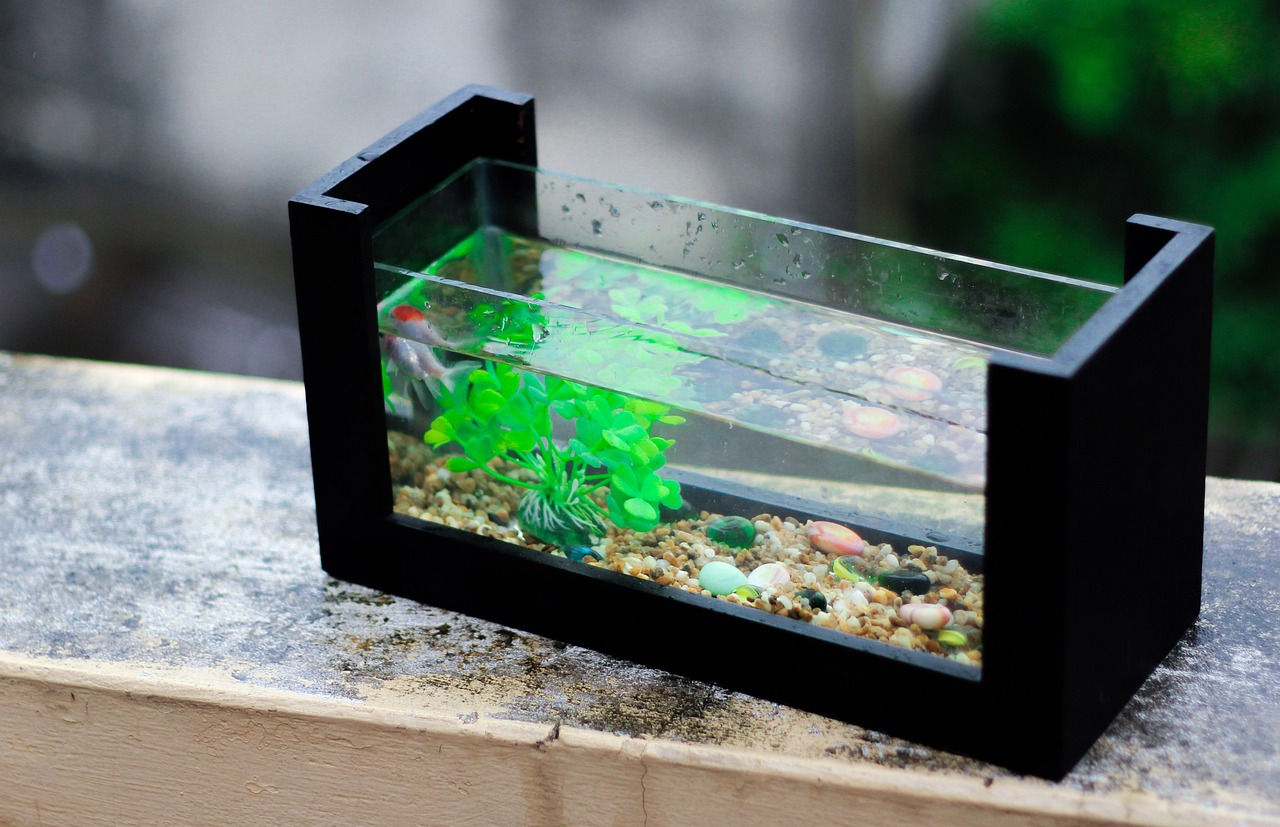Table of Contents
![]()
The following tennis lessons will help you develop modern hand ball techniques that will allow you to hit the palms with ease while maintaining high body stability.
Most tennis players struggle with their palms when they want to play short balls or dictate a sentence from the start because they don’t know how to wear the correct muscles and hit hard palms.
This step-by-step guide will teach you the basics of palm techniques that will help you improve your palm quickly.
To enlarge it, take a look at the Powerless Forehand video course which goes much deeper:
how to develop more strength yourself through biomechanical exercises,
how to fix technical defects caused by unstable games,
how to learn the first techniques for a neutral, closed and open attitude,
More.
For a handy technical list of all the steps in this article to use with your smartphone as a court reminder, share this guide with your friends and visit the checklist.
Step 1: compliance
How you pick up a racquet is very important to you from the start, because picking it varies the feel of the racket with the ball in your hand. So feel what’s happening with the ball and know how to handle it. You would definitely need a best tennis racquet. If something goes wrong with the grip, your hands can’t properly control the look of your other outdoor technology.
The most common mistake is to hold the hand perpendicular to the handle. When players wield such a missile, they do not hold it properly because the index finger is not tense.
This makes the muzzle very heavy. To master it, you need to contract your wrist muscles, lose the feel of the head, and make it difficult to play accurately. The real handle would be if we stretch our fingers a bit so that we can see your index finger under the rocket.
We want the index because it helps us push the missile forward.
As we approach the ball and position the upper spine, this finger helps us rotate our wrists and raise the racket.
It gives us a great grip under the rocket and the rocket rests well. So see what your current first-hand looks like and add that index finger to make the rocket more stable in your hand.
Step 2: location and status ready
After adjusting the handle, we need to move to the locked position. I often see players in a clear position, but they are not in a clear position because they are simply standing.
They wait for the ball to move in a certain direction before starting the game. This is a clear position, but not a clear position.
Shoot ready. It looks like you are dancing.
You can jump from one leg to the other, or you can do something like small split steps, but you have to do something. When playing a ball, we never stand still, not even for a split second. We are still moving.
Remember, if you don’t move and take a partial step, you’re not actually playing tennis. Make sure you add it to your game or you’ll never play well. It’s impossible to play well if you stand up and don’t share the pace.
Phase 3: preparation
The first thing to do when you see the ball come into your first hand is to turn to the side. The most common mistake is to twist your hand too much; Instead, prepare the rocket mainly by hand.
When turning to the side, the right hand always rests on the rocket and the left hand makes all the preparations.
Another common mistake you can make during this preparation phase is over-thinking about preparing a “rear” missile. So don’t believe it. Remember to prepare for the holidays.
The rest only happens during soccer, when you step on the ball and keep turning your body. If you are properly prepared, hold the Midwest handle and extend the rocket’s face and non-dominant hand to the side.
The affected wrist is slightly below shoulder level and the arm is slightly bent.
Step 4: drop
During the preparation phase, exit the rocket to allow gravity to accelerate the rocket. Later in the previous round, you will begin to heal through space filling surgery.
Remember, if you want to act freely and efficiently, you will use the laws of physics to your advantage and make the most of them.
One of them is gravity and you can only use it if you allow it. Instead of doing everything by hand, your gravity first allows you to accelerate the rock.
Most of them throw the stone face down where it leaves the hand completely before being released.
Step 5: hurry up
You will see the setup and the return point and leave the missile on board.
Gravity reigns now. The rocket begins to accelerate. We have reached the next level where the acceleration of the rock begins.
The rocket will start to accelerate or your hand will move forward so that it drops a little earlier. The hips should not rotate until the hand begins to drop.
Imagine being transported into the world driven by Earl’s karma. In most cases, your hips won’t rotate too much to make contact, but you’ll have to move them too much to feel comfortable.
If you keep one arm relatively relaxed as you rotate your hips (because you’re just jumping it in the center of gravity), your arms will slow down a bit. Don’t do this by holding the missile and flexing your wrist. This is because we have a relatively relaxed wrist and our body is returning to the ball; then the rock falls backwards – with a delay.
In this crucial step, I recommend focusing too much on the wings.
Prepare the wrist in the correct position so that when the body begins to rotate forward, the wrist will fall into the correct position to hit the ball relative to the forearm.
Step 6: path of movement
When the missile accelerates forward, we need to point it in the right direction so that we can control the ball well.
The swinging track is straight before and after contact. The reason we have to vibrate a large part of our rhythm is because we cannot set the tempo perfectly.
If we keep spinning in a circular motion and pass the hand a few hundred seconds ago, we will hit the ball with a slightly different angle of attack. And just a small change in the corner of the contact stone makes a very large change where the ball hits the other side of the court.
By bending in a straight line, we make sure that the ball head is aligned with the intended target, even if we hit the ball a little earlier or a little later. One way to describe this curved path is to imagine more of a bowling alley, rather than throwing a puck, which usually happens when a circular path is projected.
Share This




Be the first to comment